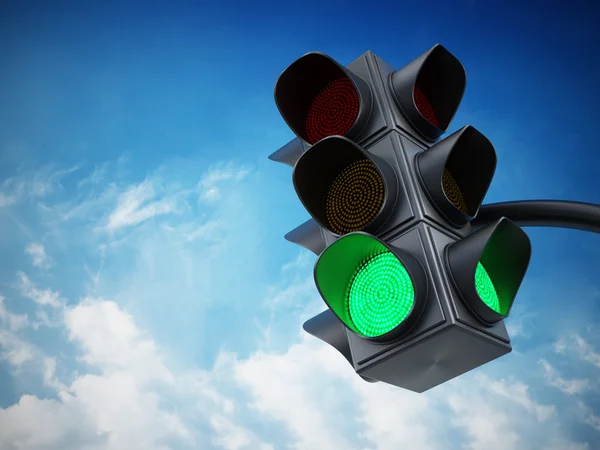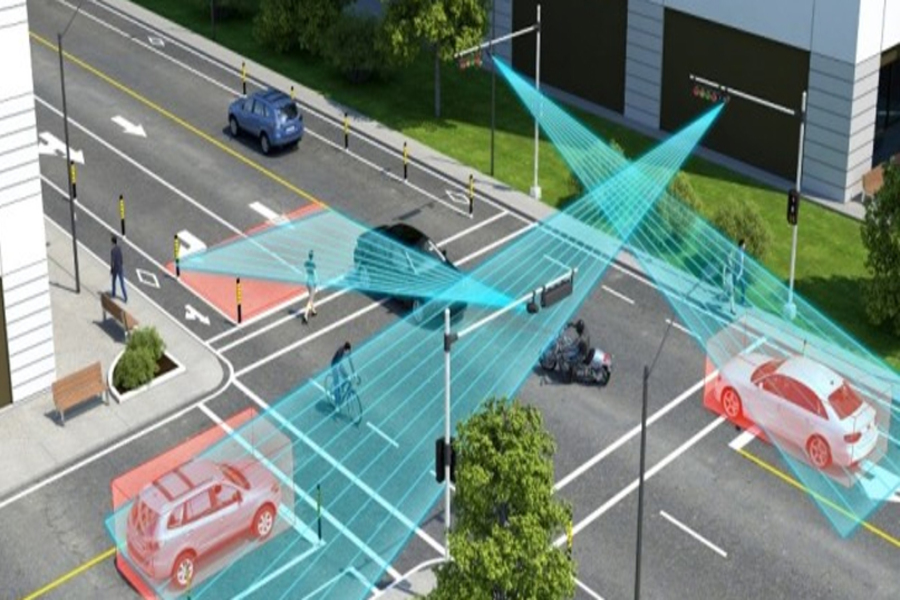Traffic lights used to be simple. But traffic signals are getting a high-tech upgrade. With this upgrade comes a wave of changes in how we understand and follow traffic laws. Smart traffic signals are not only about convenience. They are reshaping how cities manage roads and how drivers interact with intersections. Also, they are changing how traffic laws are written and enforced.

What Makes a Traffic Signal Smart?
A smart traffic signal is a traditional traffic light with brains. It is equipped with sensors, cameras, and artificial intelligence to analyze real-time traffic conditions. These systems can adjust the timing of red and green lights based on actual traffic flow rather than a fixed schedule.
Some smart signals can detect pedestrians, cyclists, or emergency vehicles and prioritize their movement. Others are linked into city-wide networks that allow them to talk to each other and coordinate traffic patterns across multiple intersections.
Smart Traffic Signals Eliminate the Guesswork at Red Lights
Smart signals can eliminate those frustrating moments at red lights. Real-time data allows these lights to reduce idle time and help keep vehicles moving more smoothly.
But this has legal implications. Cities are beginning to revise rules around right turns on red and left-turn signals because smart lights may automatically manage those situations more safely. You might no longer be allowed to make certain turns during high-traffic times because the system is optimized to flow in a specific pattern in some places.
Data-Driven Traffic Law Enforcement
Smart systems have changed how traffic laws are being enforced. These signals can track when someone runs a red light, blocks an intersection, or speeds through a yellow. Some are even paired with automated ticketing systems.
This means more accurate and less subjective enforcement. But it also means that mistakes are harder to argue. You could get a fine in the mail if the system logs you as having entered the intersection a fraction of a second after the light turned red. You cannot argue arguing with a machine that does not blink.
Prioritizing Safety in Real Time
Smart signals are also helping cities make intersections safer. The system can delay a green light to allow more time to cross if a pedestrian is detected stepping into the street. Smart lights can turn green in its direction while holding cross traffic to let it pass faster if an ambulance is approaching.
These dynamic safety features are influencing how traffic laws are being interpreted. Right-of-way was based on static rules in the past. It is often based on what the system is seeing and responding to in real-time today. This shifts legal expectations for both drivers and pedestrians.
Adapting Laws for a Smarter System
Laws have to evolve to keep up as traffic signals get smarter. Some areas are already adjusting regulations around signal control zones, designating smart intersections where human discretion does not apply in the same way.
For example, jaywalking laws may be enforced differently if sensors detect pedestrian traffic patterns that conflict with vehicle signals. Drivers may also be held to higher accountability when data shows they consistently violate signal patterns even if they were not caught in the act.

